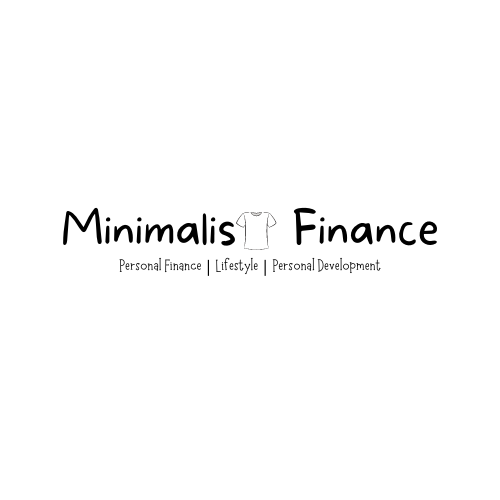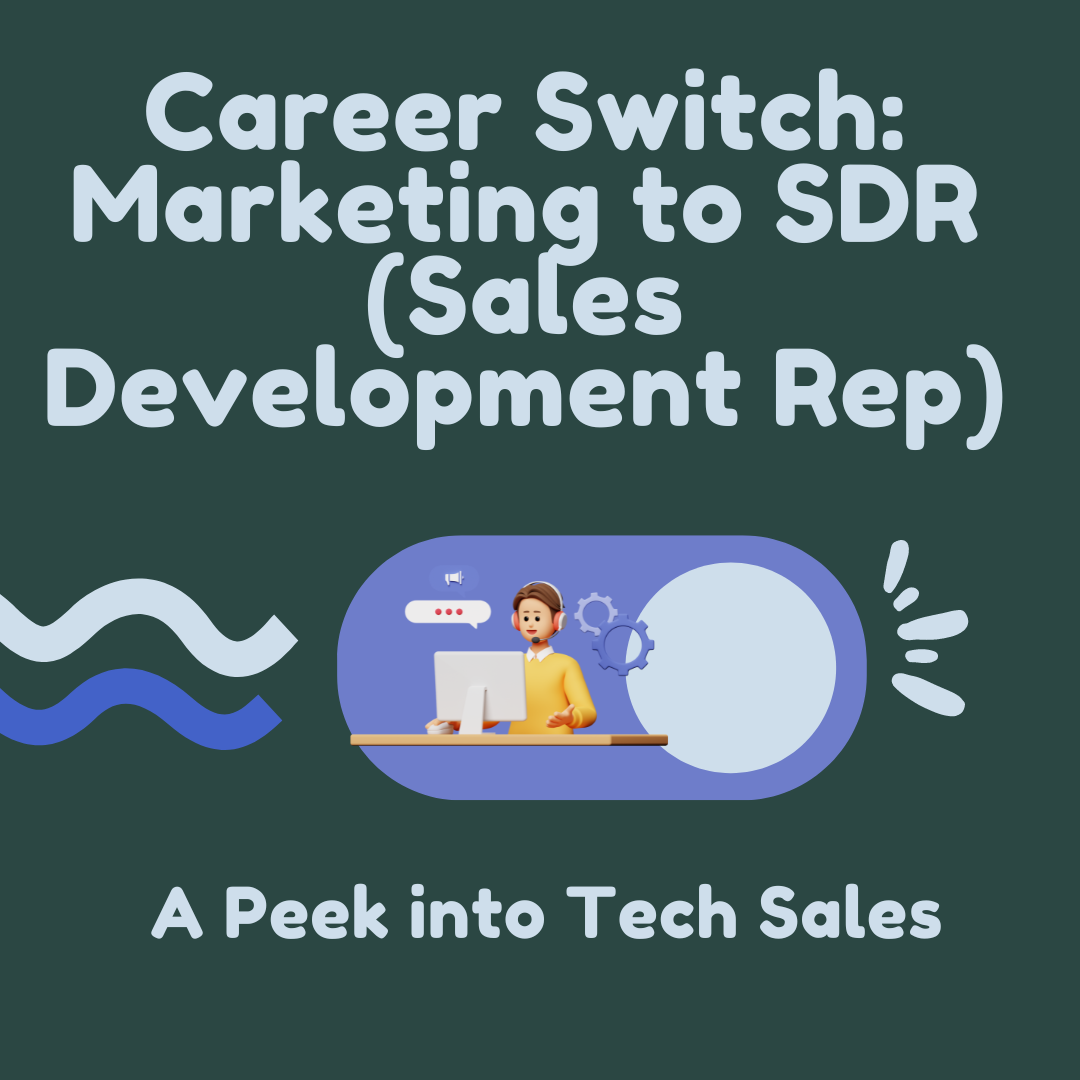If you are new to investing, here are few articles that I recommend before you start with Minilaist Finance Strategy:
https://thewokesalaryman.com/the-woke-salaryman-way-of-investing/
https://thewokesalaryman.com/2020/09/07/heres-when-you-may-start-actively-investing/
https://blog.seedly.sg/working-adults-begin-investing-saving/
https://blog.seedly.sg/ultimate-personal-finance-guide-to-investing-singapore/

Starting on your personal finance & investment journey can be daunting and scary. Especially when there are so many available articles online to learn from.
I was once overwhelmed with the endless information & different financial strategies everybody was discussing online. And after reading, watching various videos, and talking to other financially woke people about it, I have come up with a fuss-free method for fresh graduates to start their investment journey called, The Minimalist Financial strategy.
What is a Minimalist Financial Strategy?
A Minimalist Financial Strategy is where I try to grow my money as much as possible with as little things as I can invest in. I understand that some people may be putting their money on many platforms likes Tiger broker, MooMoo, Interactive Broker etc.
For me, I would prefer an easier and fuss-free approach with fewer investing platforms so that I can manage my finances in few places and not login into so many accounts to check every time.
Other than these investing platforms, I would also like to keep my lifestyle minimal and only spending on things which:
– Helps with my learning
– Improves my Health
– Improves my confidence
– Necessity
– Help makes others happy 🙂
With these, living a simple & happy lifestyle is the key point in this Minimalist Financial Strategy.
To save more, earn more but also be happy!!
Here are 3 ways in which you can start on your Minimalist Financial Strategy (before you start this, please ensure that you have your emergency savings & insurance coverage):
1. Robo Advisor/ Investing
If you are not sure what a Robo Advisor is, MoneySmart has a great detailed article on it here.
Here’s a quick brief introduction to Robo Advisor. It is basically a simple investment app where there is an algorithm to help you invest in various markets (US, HK, SG) bae on your investment risk appetite.
Before you start to invest, they would usually ask for your risk appetite and the goals you want to achieve with it. Like most investment strategies, Robo Advisors are mainly for long-term investments.
Why did I include it in the Minimalist Finance Playbook?
Unlike picking individual stocks, Robo Advisors already have a fixed portfolio for you to invest in. Making it Fuss-Free and easy to start your investment journey with dollar-cost averaging! (Minimal effort with good returns)
This is great for those starting out and who have very little money to put in. Looking to put a small amount every month ($200-$500) just to kickstart your investment journey. I would highly recommend to Dollar-Cost Average for those looking to start using Robo Advisors.
A Robo Advisor which I personally use is Syfe. There are many Robo Advisors out there but why I choose Syfe is because of their range of portfolios available and I just wanted to have one instead of putting my money into different Robo Advisors.
The current Portfolio that I am putting with Syfe is:
– Reit+
– Cash+
– Custom Tech & Gaming ETF
If you would like to get started with investing with Syfe, you can use my referral code: SRPTC7GMW. We will both get up to $100 cash bonus depending on which portfolio you invest in & the amount you put in.

2. STI ETFs (DBS Invest Savers)
Exchange-Traded Funds (ETF) are like a basket of stocks placed together all in one fund. The Woke Salaryman has a great guide on what ETFs are here. It is one of their recommendations as well for those that are looking to start investing.
Personally, I am invested in STI ETF which is Singapore’s ETF. Although it has a slow growth due to the types of stocks in the ETF, I am using it as a forced saving for myself every month as I am using DBS invest savers. It automatically deducts the amount from my bank account every month, so I don’t have to transfer it manually and buy.
Why did I include it in the Minimalist Finance Playbook?
The automatic deduction & them helping to buy the shares for me as well makes it very very easy to start investing with small amounts. This is why I included it at the start.
If you would like to start using DBS invest savers for this, I would recommend you understand what stocks are included in STI ETFs and from there you would gain more confidence in investing in other ETFs.
Definitely good for beginners to get their feet wet to start their investment journey!
3. High-interest accounts
Last on the Minimalist Finance list is to have a High-interest account. A normal DBS savings account has an interest rate of 0.05% as of Oct 2021. So putting your hard-earned money there might be a waste of interest as there are other higher-interest accounts where you can earn more money passively!
I would personally recommend putting your spare cash in:
1. Standard Chartered Jumpstart Savings Account (If you are 27 years old and below)
2. Syfe Cash+
High-interest savings account are usually for emergency funds. I usually keep 2-3 months worth of expenses in my Standard Charted savings account for liquidity and the rest (6 months’ worth of expenses) in Syfe Cash+.
Why did I include it in the Minimalist Finance Playbook?
There are many high-interest savings accounts out there that might be able to give more, but there are also certain requirements you must meet (credit card spend) before getting a higher interest.
These two accounts which I recommended do not have any requirements to hit the high-interest rate.
Why Syfe Cash + not Singlife or Dash?
Most of my cash is already in Syfe, so I didn’t want to keep my cash in more places. I decided to just put it in to consolidate all my assets into one platform.
That’s it for the Minimalist Finance guide! I hope you learned and gained some ideas on where you can put your cash and start your investment journey!
If you would like to start your personal finance journey, I would really really highly recommend you to start tracking your expense. Do sign up for my Email List and I would be sending you an Expense Tracker template for you to start tracking it monthly! 🙂
Disclaimer: I am not a financial professional or advisor. This post is a reflection of my investment journey and me sharing my own point of view and learnings on it. Always remember to conduct your own research and make smart decisions. If necessary, seek a licensed financial professional’s advice to make the best financial decision that suits your own needs.



